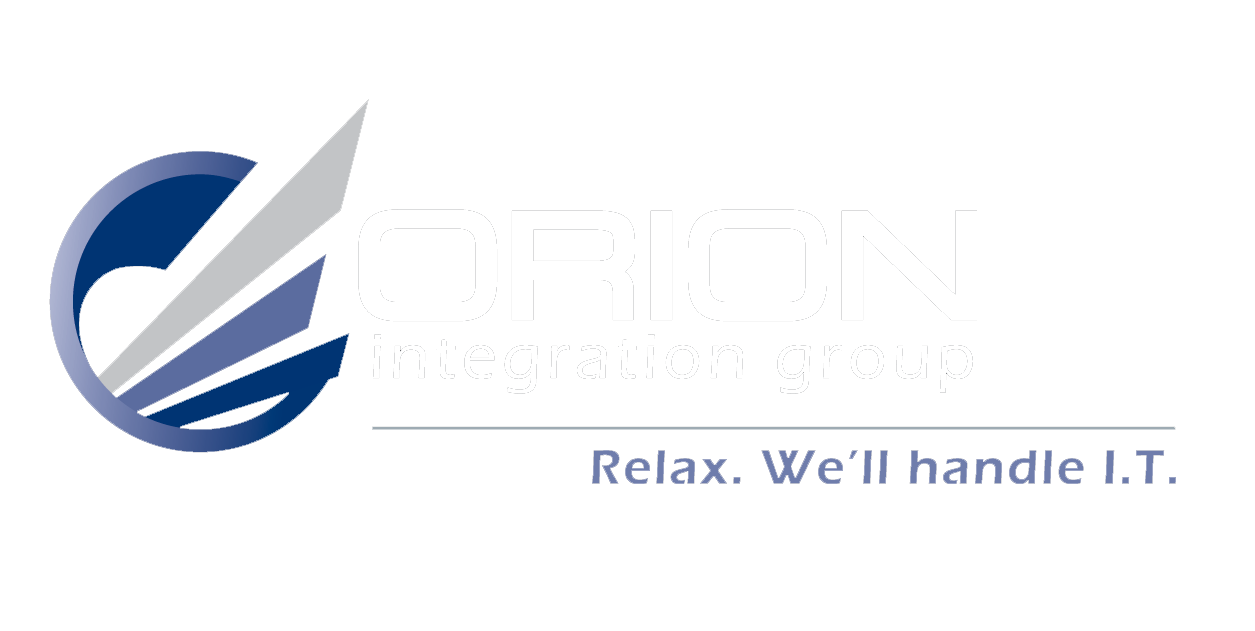How Managed EDR Reduces Cybersecurity Risks and Response Times
How Managed EDR Reduces Cybersecurity Risks and Response Times
In today's rapidly evolving technology, businesses face an increasing array of cyber threats targeting their critical assets. Traditional security measures often fall short in addressing sophisticated attacks, making it necessary for advanced solutions like Managed Endpoint Detection and Response (EDR). This article explores how Managed EDR functions, its advantages over traditional antivirus solutions, and its role in reducing incident response times, supported by real-world examples.
Understanding Managed Endpoint Detection and Response (EDR)
Managed Endpoint Detection and Response (EDR) is a cybersecurity service that combines continuous monitoring of endpoint activities with expert analysis to detect, investigate, and respond to threats in real-time. Endpoints encompass devices such as laptops, desktops, servers, and mobile devices that connect to a network. Endpoint management solutions employ advanced technologies, including machine learning and behavioral analytics, to identify anomalies and potential threats, providing comprehensive protection against known and emerging cyberattacks.
How Managed EDR Works
Managed EDR constantly monitors endpoint activities, analyzing data in real-time to detect and stop threats. They utilize advanced algorithms and machine learning to identify and respond swiftly to suspicious behavior, providing detailed forensic data and proactive threat hunting for robust protection against cyber threats. This approach ensures that threats are detected and mitigated before they can cause significant harm to the organization.
Real-Time Threat Detection and Automated Responses
A key advantage of Managed EDR is its ability to provide real-time threat detection and automated responses. By continuously monitoring endpoint management activities, Managed EDR solutions can identify suspicious behavior as it occurs, enabling immediate action to neutralize threats. Automated response capabilities can immediately isolate infected endpoints and stop threats from spreading, significantly reducing the time from threat detection to containment. This proactive stance is crucial in cyber risk mitigation strategies, minimizing potential damage and ensuring business continuity.
EDR vs Antivirus: Why Managed EDR is Superior
While traditional antivirus solutions focus on identifying and blocking known malware through signature-based detection methods, they often fall short against sophisticated or previously unknown threats. In contrast, Managed EDR offers a more comprehensive approach by:
- Continuous Monitoring: Unlike periodic scans performed by antivirus software, Managed EDR provides continuous monitoring of endpoint management activities, ensuring that potential threats are detected promptly.
- Behavioral Analysis: Managed EDR solutions analyze patterns and behaviors to identify anomalies, enabling the detection of advanced threats that traditional antivirus solutions might miss.
- Incident Response: While antivirus software typically focuses on prevention, Managed EDR includes capabilities for incident response, allowing for the investigation and mitigation of threats in real-time.
This comprehensive approach makes Managed EDR a more robust solution for modern cybersecurity challenges.
Reducing Incident Response Times with Managed EDR
The integration of real-time monitoring, advanced analytics, and automated response mechanisms in Managed EDR significantly reduces incident response times. By detecting and responding to threats as they occur, Managed EDR minimizes the window of opportunity for attackers, thereby reducing the potential impact on the organization. This swift response is essential in maintaining operational integrity and protecting sensitive data.
Case Studies: Real-World Benefits of Managed EDR
Numerous organizations have experienced enhanced security and reduced incident response times through the implementation of Managed EDR solutions. Here are a couple of examples:
1. Financial Institution: Enhancing Cybersecurity Measures
A prominent global financial institution faced escalating cyber threats amidst rapid technological advancements within the finance industry. Managing extensive customer data, critical financial transactions, and regulatory compliance demanded robust cybersecurity measures. The institution engaged in Endpoint Management to provide comprehensive cybersecurity solutions tailored to the specific needs of the financial sector. This aimed to strengthen the institution's defense mechanisms against complex cyber attacks, ensuring the protection of sensitive financial information and maintaining regulatory compliance.
2. Healthcare Organization: Strengthening Data Protection
The largest and oldest German healthcare organization, comprising over 100 clinics and departments with more than 15,000 employees, sought to enhance its cybersecurity posture. With an annual turnover exceeding €2.0 billion, the organization recognized the need for continuous security monitoring and incident response to protect sensitive patient data and comply with stringent data protection regulations. They implemented the Managed Endpoint Detection and Response (EDR) solution, providing 24/7 security monitoring. This proactive approach enabled the organization to detect and mitigate potential threats in real-time, ensuring the safety of patient information and the integrity of their medical services.
Key Takeaways: Why Managed EDR is Essential
In an era where cyber threats are becoming increasingly advanced, relying solely on traditional antivirus solutions is insufficient. Orion IT is here to help. Our Managed Endpoint Detection and Response service offers a proactive and comprehensive approach to cybersecurity, providing real-time threat detection, automated responses, and significantly reduced incident response times. Managed EDR strengthens cyber defenses with continuous monitoring, proactive threat detection, and automated responses. Investing in Managed EDR helps businesses reduce incident response times, prevent costly breaches, and protect sensitive data in today's evolving threat landscape. Contact us today to learn how Orion IT can safeguard your business.




